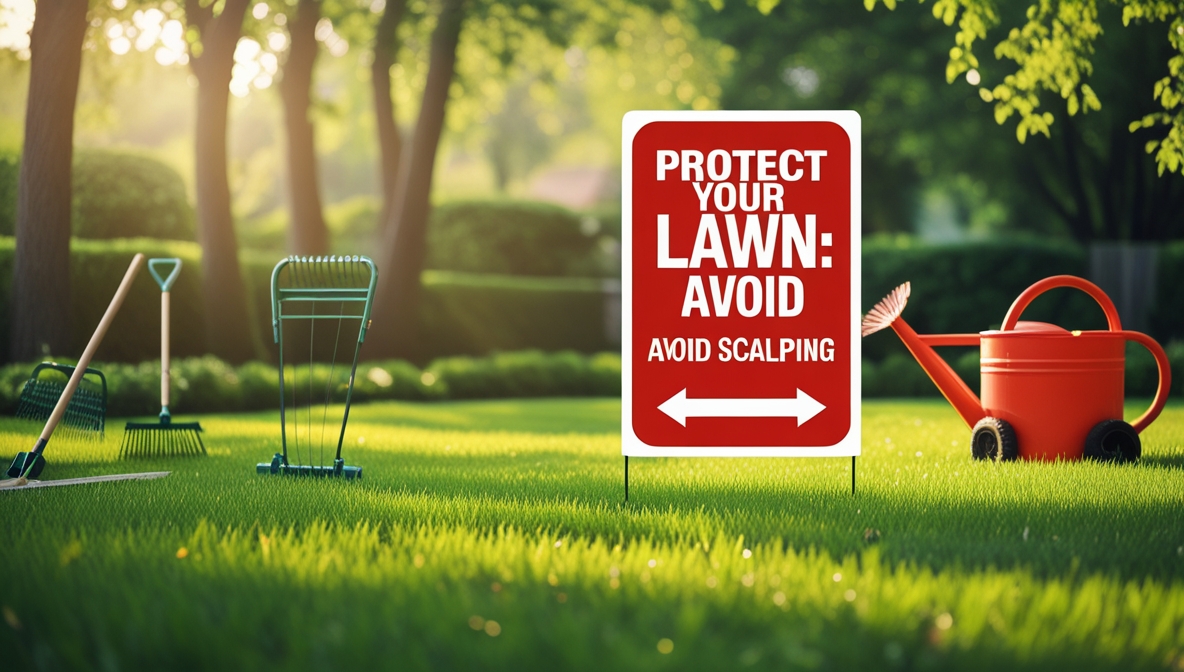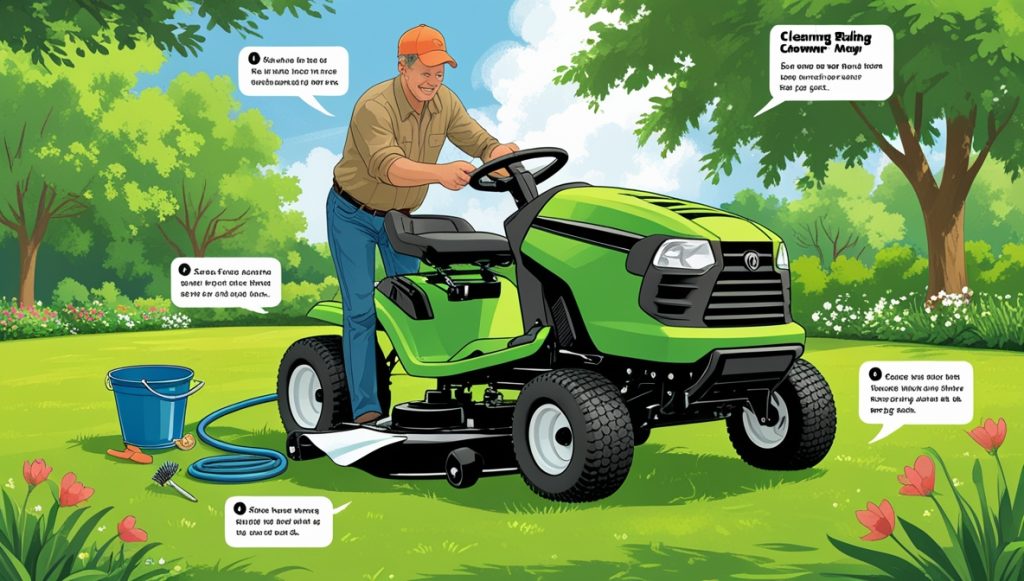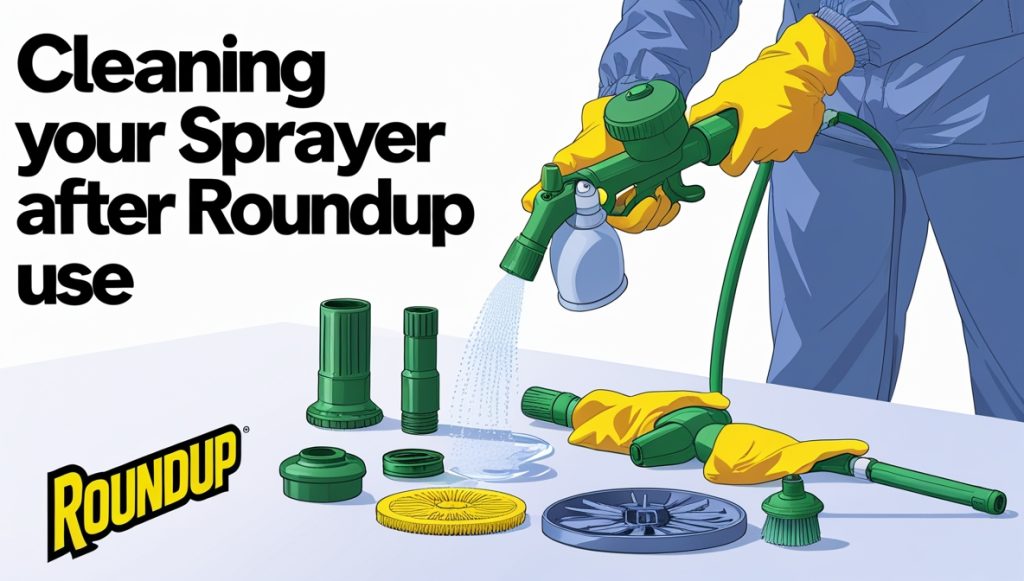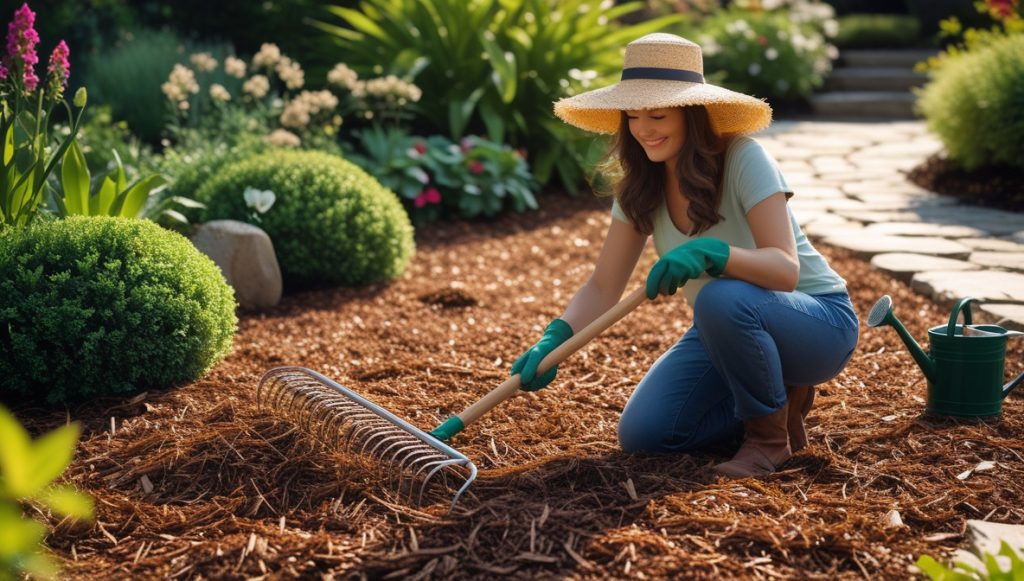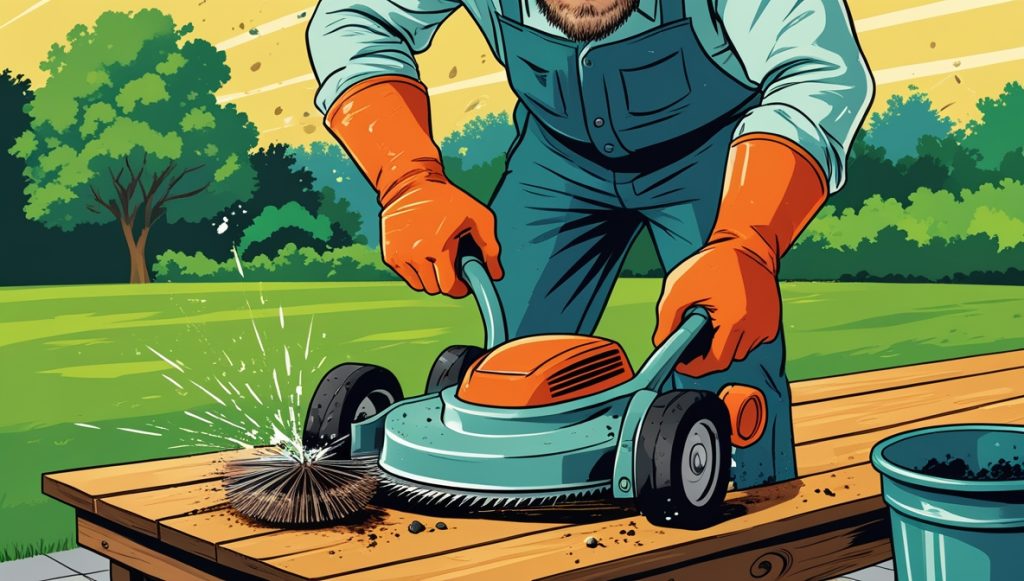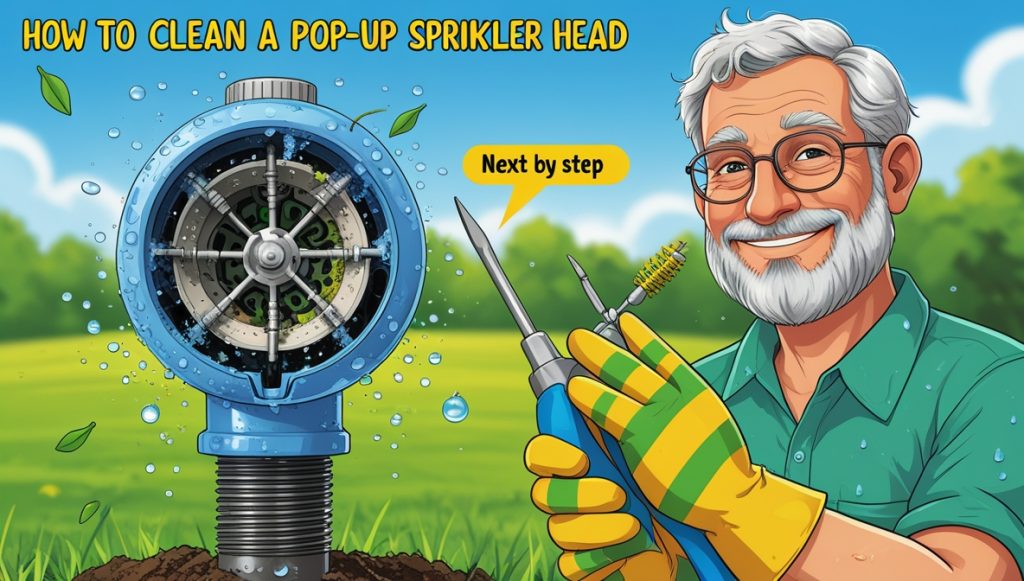Scalping your lawn – cutting the grass too short – is a common mistake that can lead to a stressed, unhealthy, and unsightly yard. It weakens the grass, making it vulnerable to weeds, diseases, and pests. Luckily, avoiding this problem is easier than you might think. By following these simple steps, you can keep your lawn looking lush and green all season long.
Contents
Know Your Mower’s Height Setting
Your mower’s height setting is crucial. Different grass types have different ideal mowing heights. Research your specific grass type (e.g., fescue, Bermuda, bluegrass) to determine its optimal height. Generally, leaving at least 2-3 inches of grass blade helps protect the crown of the plant, the part from which new growth emerges. Cutting too low exposes this crown, making it susceptible to sun damage and stress.
Never cut more than one-third of the grass blade’s length at any one mowing. If your grass is significantly longer than the recommended height, mow it in stages over several days. This gradual approach gives the grass time to adjust and minimizes the risk of scalping. Using the highest setting on your mower for the first cut of the season is a good practice to ensure you don’t accidentally scalp your lawn after winter dormancy.
Pay close attention to your mower’s height adjustment mechanism. Ensure it’s properly calibrated and functioning correctly. Uneven height settings can lead to patchy cuts and make scalping more likely. Regularly check your mower’s manual for maintenance tips and instructions on adjusting the cutting height.
Sharpen Your Blades Regularly
Dull mower blades tear the grass instead of cleanly cutting it, resulting in brown, ragged tips. This raggedness stresses the grass, making it more susceptible to disease and pests. Sharp blades create a clean cut, promoting healthy growth. You should sharpen your blades at least once a year, or more often if you notice ragged edges on your grass.
Sharpening your blades can be done yourself with a file or a sharpening stone, or you can take them to a professional for sharpening. A clean, sharp blade also makes your mower more efficient, requiring less power to cut the grass. This can translate to fuel savings over time.
Remember to always disconnect the spark plug before attempting any blade maintenance. Safety should always be your top priority when working with power equipment.
Choose the Right Mowing Pattern
Varying your mowing pattern helps prevent soil compaction and promotes even growth. Avoid mowing in the same direction every time. Instead, alternate between patterns like back and forth, up and down, and diagonal. This prevents the formation of ruts and keeps the grass blades standing upright, promoting even sunlight exposure.
Consider using a pattern that follows the contours of your lawn, especially on sloped areas. This helps to prevent scalping on hillsides. Mowing across slopes, rather than up and down, allows for better control and prevents the mower from sliding and damaging the grass.
Experiment with different patterns to find what works best for your lawn and your mower. Observe your lawn after each mowing to see if any areas are consistently getting scalped and adjust your pattern accordingly.
Don’t Cut Too Much at Once
Resist the urge to remove too much grass blade length in a single mowing. As mentioned before, the one-third rule is key. If your lawn is significantly overgrown, gradually reduce its height over several mowings. This allows the grass to adjust to the shorter height without experiencing shock.
Cutting too much at once stresses the grass plants, making them vulnerable to diseases and pests. It also leads to uneven cuts and a patchy appearance. Patience is key when it comes to maintaining a healthy lawn.
Plan your mowing schedule to account for the growth rate of your grass. More frequent, shorter cuts are generally better than infrequent, deep cuts.
Water Deeply and Less Often
Deep, infrequent watering encourages deep root growth, making your lawn more drought-tolerant and resilient to scalping. Shallow, frequent watering encourages shallow root systems, making the grass more vulnerable to stress and damage. Aim for about an inch of water per week, either through rainfall or supplemental irrigation.
Water early in the morning to minimize evaporation. Avoid watering during the hottest part of the day, as much of the water will evaporate before it reaches the roots. Use a rain gauge to monitor how much water your lawn is receiving.
Consider using a soaker hose or drip irrigation system for more efficient watering. These methods deliver water directly to the roots, minimizing water waste and runoff.
Fertilize Your Lawn Properly
Proper fertilization provides the nutrients your lawn needs to grow strong and healthy. Use a fertilizer specifically formulated for your grass type and soil conditions. Over-fertilizing can actually harm your lawn, so follow the instructions on the package carefully.
Conduct a soil test to determine your lawn’s nutrient levels. This will help you choose the right fertilizer and avoid over-fertilizing. Many local agricultural extension offices offer soil testing services at a reasonable cost.
Regular fertilization helps your lawn recover from stress, including scalping. A healthy, well-nourished lawn is better equipped to withstand damage and recover quickly.
Deal with Weeds and Pests Promptly
Weeds and pests compete with your grass for resources, weakening it and making it more susceptible to scalping. Address any weed or pest problems promptly using appropriate methods. This might involve hand-pulling weeds, using herbicides, or applying pest control measures.
Identify the specific weeds and pests affecting your lawn to choose the most effective control methods. Consider using organic or environmentally friendly options whenever possible. Regular lawn maintenance, including proper mowing and watering, can help prevent many weed and pest problems.
Preventative measures are often more effective than reactive ones. A healthy lawn is less likely to be overrun by weeds and pests.
Aerate Your Lawn Periodically
Compacted soil restricts air, water, and nutrient flow to grass roots, increasing the risk of scalping. Aerating your lawn helps relieve compaction, improving its overall health and resilience. You can aerate using a core aerator, which removes small plugs of soil, or a spike aerator, which creates small holes.
Core aeration is generally more effective than spike aeration, especially for compacted soils. The best time to aerate is in the spring or fall, when the grass is actively growing. Aerate your lawn every 1-2 years, or more often if you have heavily compacted soil.
After aerating, overseed your lawn to fill in any bare patches. This helps to improve the density of your lawn and make it more resistant to stress.
Over-seeding: A Simple Solution
Over-seeding involves spreading new grass seed over your existing lawn to thicken it up and fill in bare patches. This is a great way to improve the overall health and resilience of your lawn, making it less susceptible to scalping. Choose a grass seed blend that’s appropriate for your climate and soil conditions.
Over-seeding is best done in the fall or early spring, when the soil temperature is cool and moist. Prepare the soil by removing any thatch or debris before spreading the seed. After seeding, water lightly and regularly to keep the soil moist.
Over-seeding helps create a thicker, healthier lawn that’s more resistant to wear and tear. A denser lawn is better able to withstand the stress of mowing and recover more quickly from damage.
Mulching: Nature’s Lawn Food
Mulching mowers chop up grass clippings into tiny pieces and return them to the lawn as fertilizer. These fine clippings decompose quickly, providing nutrients and improving soil health. This natural fertilization helps your lawn grow stronger and more resistant to stress.
Mulching helps retain moisture in the soil, reducing the need for supplemental watering. It also helps suppress weeds by blocking sunlight. Ensure your mower is properly adjusted for mulching to achieve the best results.
Regular mulching contributes to a healthier, more resilient lawn, less prone to scalping and other problems. It’s a simple, effective way to improve your lawn’s overall health without the use of chemical fertilizers.
By following these simple tips, you can significantly reduce the risk of scalping your lawn and enjoy a lush, healthy, and vibrant green space. Remember that consistent care and attention are key to maintaining a beautiful and resilient lawn. Happy mowing!
